Bulbs
Flower Basics
Flower Beds & Specialty Gardens
Flower Garden
Garden Furniture
Garden Gnomes
Garden Seeds
Garden Sheds
Garden Statues
Garden Tools & Supplies
Gardening Basics
Green & Organic
Groundcovers & Vines
Growing Annuals
Growing Basil
Growing Beans
Growing Berries
Growing Blueberries
Growing Cactus
Growing Corn
Growing Cotton
Growing Edibles
Growing Flowers
Growing Garlic
Growing Grapes
Growing Grass
Growing Herbs
Growing Jasmine
Growing Mint
Growing Mushrooms
Orchids
Growing Peanuts
Growing Perennials
Growing Plants
Growing Rosemary
Growing Roses
Growing Strawberries
Growing Sunflowers
Growing Thyme
Growing Tomatoes
Growing Tulips
Growing Vegetables
Herb Basics
Herb Garden
Indoor Growing
Landscaping Basics
Landscaping Patios
Landscaping Plants
Landscaping Shrubs
Landscaping Trees
Landscaping Walks & Pathways
Lawn Basics
Lawn Maintenance
Lawn Mowers
Lawn Ornaments
Lawn Planting
Lawn Tools
Outdoor Growing
Overall Landscape Planning
Pests, Weeds & Problems
Plant Basics
Rock Garden
Rose Garden
Shrubs
Soil
Specialty Gardens
Trees
Vegetable Garden
Yard Maintenance
How to Improve Soil with Ashes
How to Improve Soil with Ashes. Successful gardening starts with dirt rich in nutrients. If you have ever seen a field burned by fire, you know that by the following year, new growth bounces back with a fury. It's not just the extra sunlight reaching plants that were shaded before, it's the ash from the fire soaking nutrients into the ground. You...
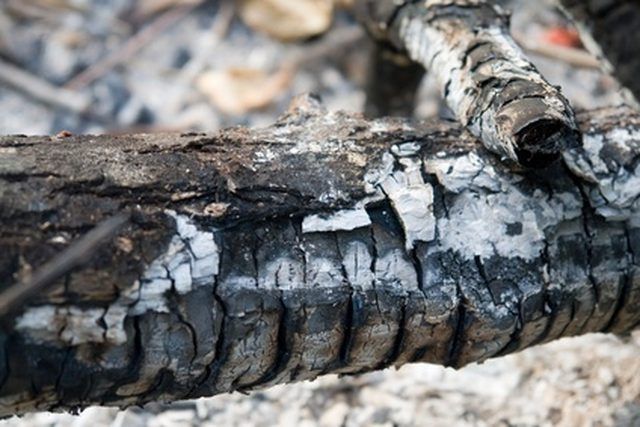
Successful gardening starts with dirt rich in nutrients. If you have ever seen a field burned by fire, you know that by the following year, new growth bounces back with a fury. It's not just the extra sunlight reaching plants that were shaded before, it's the ash from the fire soaking nutrients into the ground. You can duplicate the effects of a natural or controlled burn by amending your soil with ash from wood fires.
Things You'll Need
A supply of wood ash (preferably from your own fireplace)
Garden gloves
Respirator
Safety glasses
Bucket
Tape measure
Spade
Shovel
Watering can
Water
Put on a respirator and safety glasses to keep flying ash from getting into your lungs and eyes. Take ashes from sources without toxic plastics or styrofoam. Your own fireplace or backyard fire pit is best because you know what's been burned there.
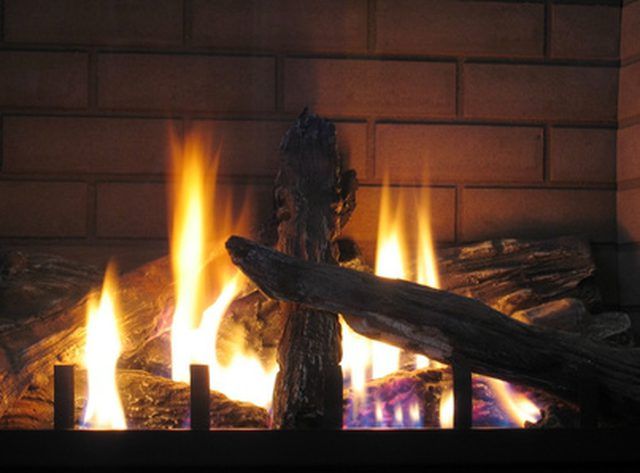
Shovel ashes carefully into a 5-gallon bucket, working slowly to prevent dust and fly-weight ash from floating into the air. Add a little water to keep dust down.
Measure the square footage of the soil area you want to amend by multiplying its length times width in feet. A 5-gallon bucket of ash will amend an area of 1,000 sq. ft. Do the math and err on the conservative side; too much ash can create other soil problems.
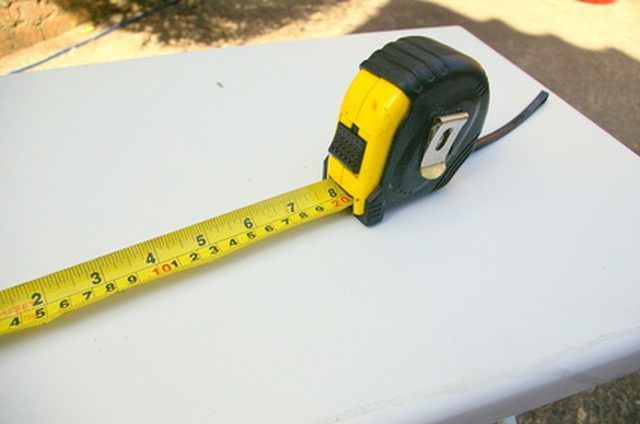
Spade soil in your garden to a depth of 6 inches with a spade or shovel, breaking up clumps and clods by hand. Wearing gloves, sprinkle handfuls of ash onto the soil and mix in by hand. Add water from a watering can to keep ash from flying up if conditions are dry.
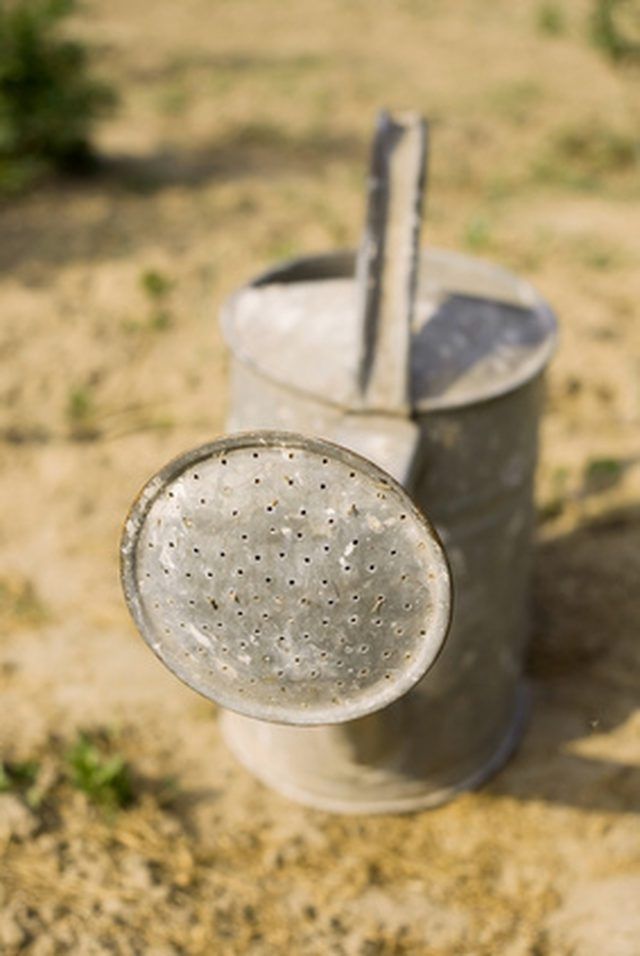
Spread ash evenly and rake in lightly after spreading. Clumps of ash over-concentrate nutrients and potentially can burn tender shoots and plants.
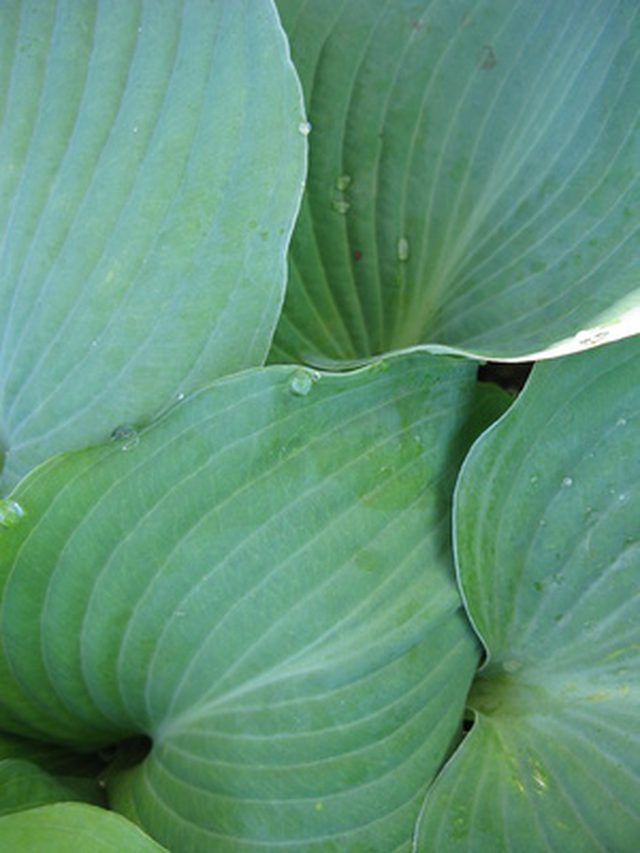
Continue watering as usual for your climate and wet/dry conditions. The ash will sink into the soil quickly, raising the pH to an excellent level for vigorous growth.
Neutralize overly acidic soil by digging handfuls of ash into soil beneath pine trees and evergreens to make it more hospitable for ivy and hosta plantings.
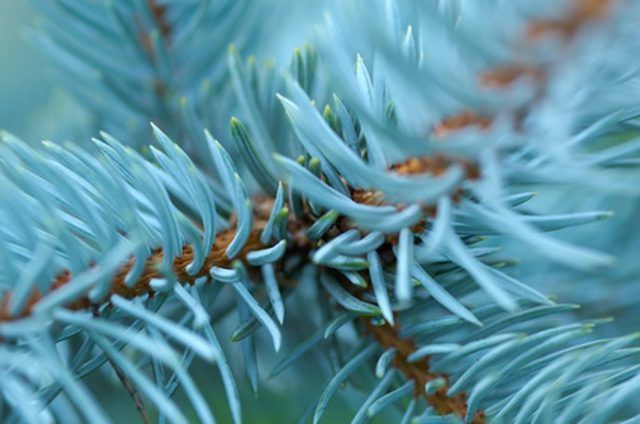
Tips & Warnings
Ashes from burning hardwood trees like oak or ash provide more nutrients per pound than soft woods like pine or fruit trees. Ash from one cord of burned oak will amend the soil for 60 to 70 sq. ft. of garden soil.